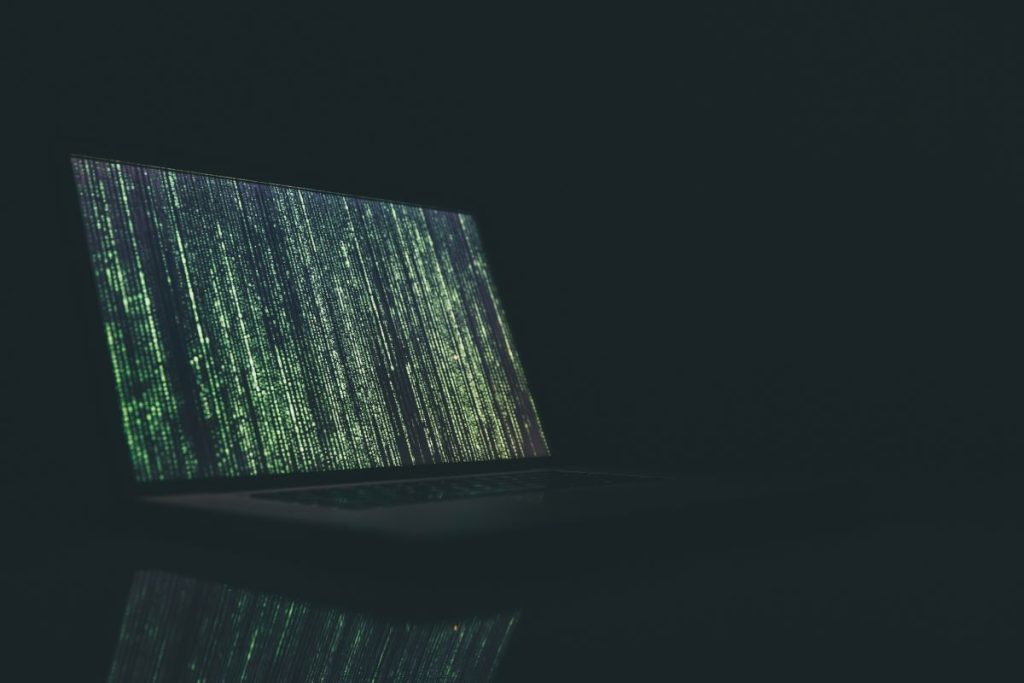The latest UK Government Cybersecurity Breaches Survey reveals a worrying statistic: 50% of UK businesses fell victim to cyber-attacks or security breaches in 2024. This isn’t just an IT issue—it’s an existential challenge for businesses navigating an increasingly hostile digital landscape.
The Problem with Reactive Cybersecurity
With cybercrime expected to surge globally by 15% this year, many businesses remain trapped in a reactive approach to cybersecurity. They focus on patching vulnerabilities after an attack, rather than preventing them in the first place. This mindset leaves critical gaps in protection, often exacerbated by outdated tools and fragmented strategies.
Key measures like antivirus software, data encryption, and strong password policies may sound basic, but they are frequently neglected or inconsistently applied. For instance, unsecured networks or poorly managed access controls often go unnoticed until a breach occurs. Phishing, the most prevalent form of attack, continues to thrive because many employees remain untrained or unaware of the subtle tactics cybercriminals use.
Cyber Hygiene: A Proactive Defense
Cyber hygiene provides a blueprint for businesses to move beyond firefighting. At its core, it is about maintaining the health and security of digital systems through regular and consistent preventative measures. This involves integrating cybersecurity practices into everyday operations, from ensuring that software is up-to-date to fostering a culture of vigilance among employees.
Effective cyber hygiene also means taking ownership of vulnerabilities. Businesses need to proactively assess their systems, identifying weak points and addressing them before they are exploited. Regular data backups, encryption of sensitive information, and multi-factor authentication are non-negotiable components of this approach. These measures, when implemented consistently, not only reduce the risk of attacks but also limit the potential damage when breaches do occur.
The Need for a Systemic Shift
While foundational practices like antivirus software and strong passwords are vital, they are not enough to address the complexity of modern cyber threats. Businesses must rethink their approach to cybersecurity as an ongoing process, not a one-time investment.
This shift requires an integrated approach where cybersecurity tools and practices align seamlessly with operational workflows. For example, multi-factor authentication should enhance security without disrupting productivity, and regular training must go beyond surface-level awareness campaigns. Employees need to understand the full spectrum of threats and feel confident in responding to them effectively.
Furthermore, the role of leadership is critical. Cybersecurity cannot be siloed within the IT department; it must be embedded across every level of the organization. Executives need to prioritize it as part of their broader risk management strategy, ensuring it is resourced appropriately and integrated into decision-making processes.
Protecting the Future
The growing frequency and sophistication of cyber-attacks highlight the urgent need for a more proactive and strategic approach to cybersecurity. This is not just about protecting systems and data; it’s about safeguarding business continuity, reputation, and trust.
The future of cybersecurity lies in organizations treating it as a fundamental aspect of their operations. This involves embedding preventative measures into daily practices, fostering a culture of shared responsibility, and continuously adapting to an ever-evolving threat landscape. Businesses that fail to make this shift risk not only financial losses but also their credibility and competitive standing.
Cybersecurity is no longer a secondary consideration—it is a cornerstone of resilience in the digital age. Organizations that take it seriously now will be the ones best equipped to navigate the challenges of tomorrow.




